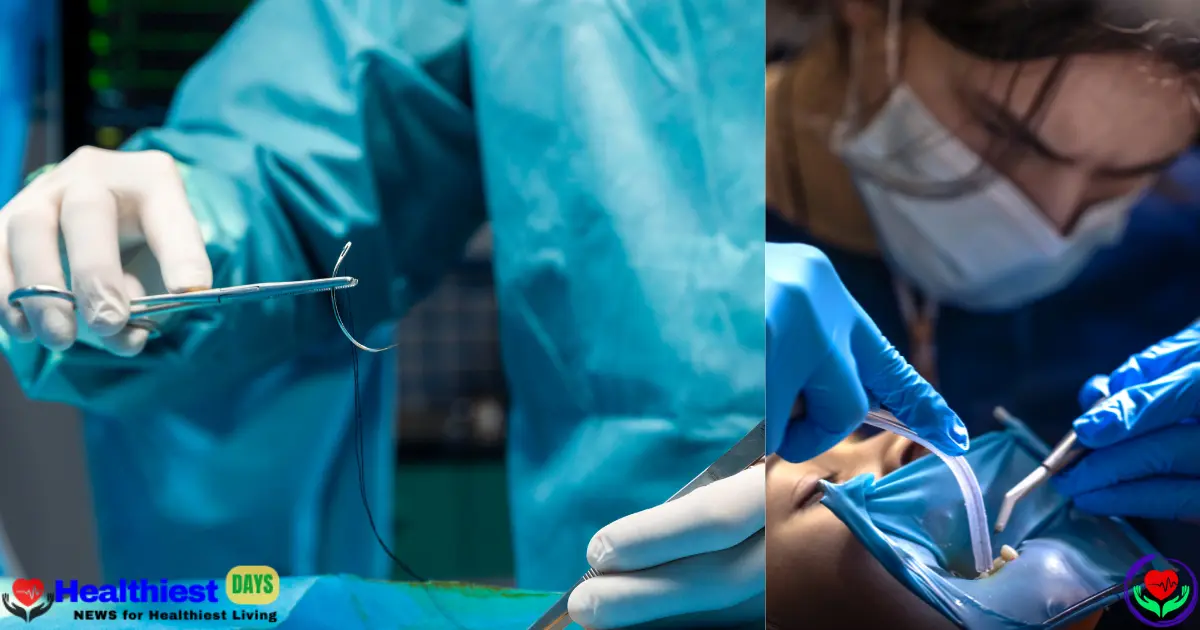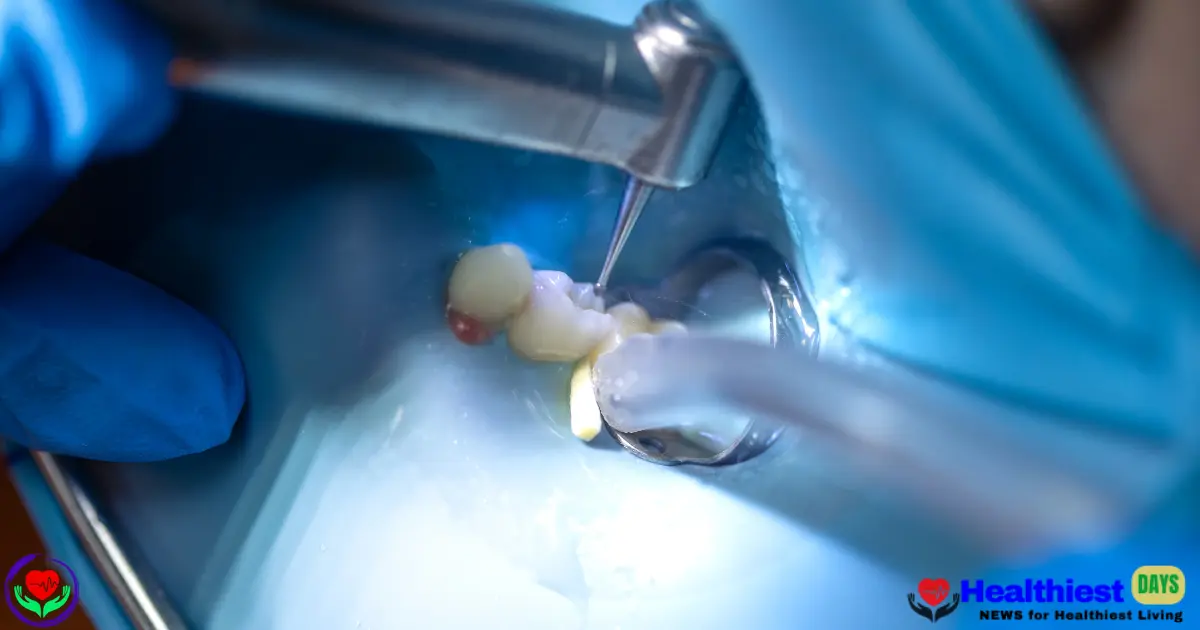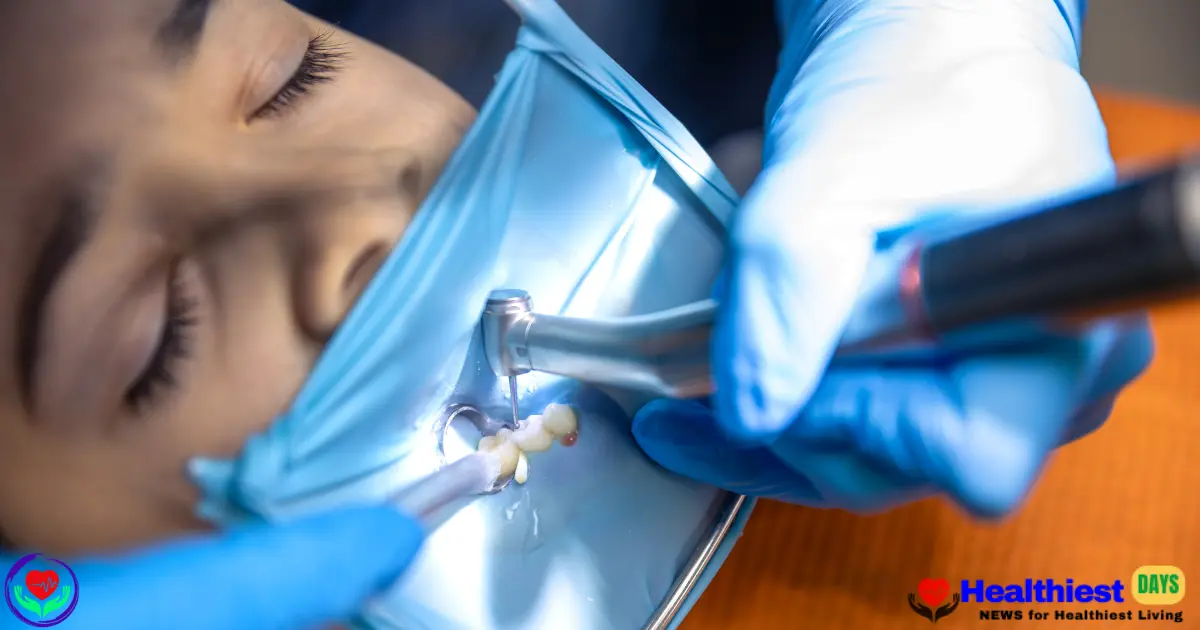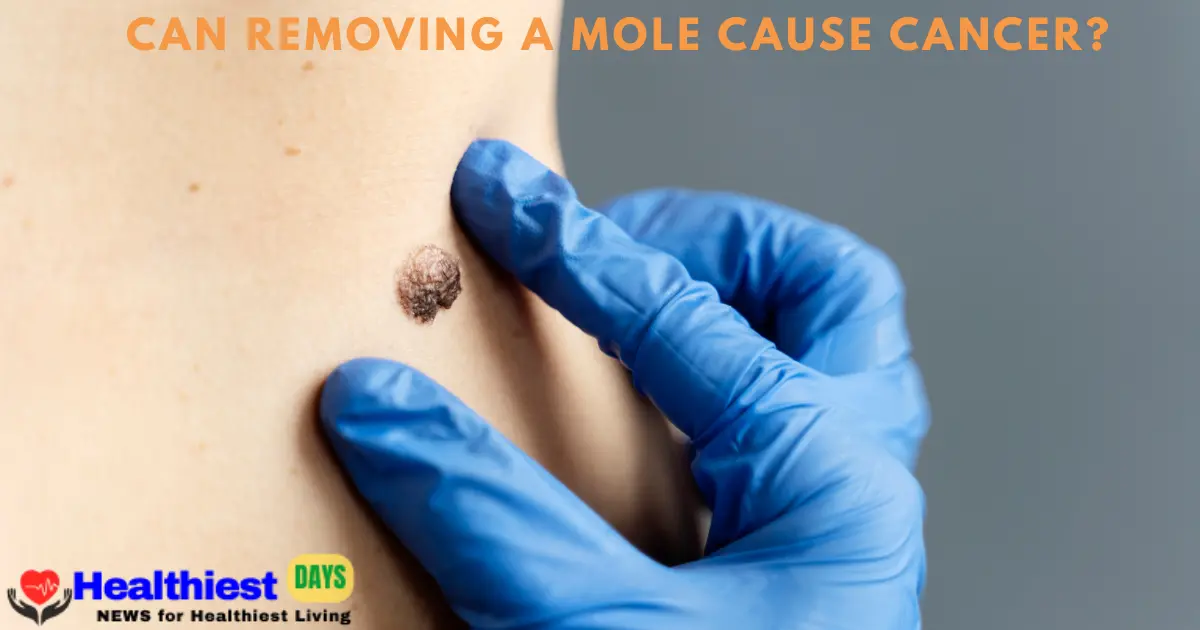When Will the Stitches Dissolve from Wisdom Teeth? Recovery Timeline & What to Expect

If you’ve very recently had your wisdom teeth removed, you’re probably wondering about the fact:
“When will the stitches dissolve from wisdom teeth?”
The responsible answer for your search lies in the fact that whether you received dissolvable or non-dissolvable stitches. There is a need to understand how they work, and it is also required to investigate how to take care of them, as they can help prevent complications like infection or dry socket. Our guide will open the doors to information about the typical healing timeline, aftercare tips, and when to call your oral surgeon if something doesn’t feel right.
Breaking it into two domains, in which a medical and practical perspective, so that you can heal safely and confidently.
What Are Wisdom Teeth Stitches?

After a wisdom tooth extraction, your dentist or oral surgeon may place stitches very professionally at particular sites on your body (also called sutures) to close the surgical site. Stitches help in the following ways:
- It reduces bleeding extensively
- It protects your body from the extraction site
- It promotes a faster healing process.
- It also prevents food particles from entering the wound
Not all procedures require stitches for the removal of wisdom teeth, but they’re more common when they allow the following factors:
- The extraction was surgical, and it was performed professionally (impacted tooth)
- A flap of gum tissue was opened and optional for operations
- More than one tooth was removed under the flagship of a medical procedure
Types of Stitches Used in Wisdom Tooth Surgery
There are two major types of stitches your oral surgeon might use in the given way:
| Type | Details |
| Dissolvable Stitches | It is particularly designed to break down on its own over time (usually 7–10 days) |
| Non-Dissolvable Stitches | It must be removed by your dentist about 7–10 days after surgery |
You may not always get enough information about which type you received unless your surgeon told you about it. If you’re unsure, call your provider for further clarification.
When Will the Stitches Dissolve from Wisdom Teeth?
Average Timeframe:
Dissolvable stitches generally begin to dissolve between 5 and 7 days after surgery.
Full absorption may take up to almost 14 days, while it depends on the following attributes:
The material used for it must be medically approved.
Your oral hygiene matters a lot in the healing process.
Your healing speed brings impactful results.
Possible Pro Insight:
“Most patients see dissolvable stitches fall out naturally within a limit of 10 days. But if it takes longer, it’s not necessarily a problem or issue for your health,” says Dr. Jenna Mathis, DDS, an oral surgeon in Dallas.
If you face a situation in which your stitches are not healed, you may contact your oral surgery office for evaluation.
What If My Stitches Fall Out Too Early?
Sometimes, a stitch may come out early, especially if it is done in the following ways:
- Here, you are directed to brush the area aggressively
- You ate crunchy food, so it directly impacts
- You rinsed too forcefully in the first few days, then the process became slower
What to watch for more of it:
- Mild bleeding is a kind of bleeding that may occur briefly. You must be using gauze to stop it.
- Watch for signs of infection carefully, or dry socket
- If the area feels exposed or painful, there is a need to call your provider
- Early loss of stitches doesn’t require treatment, mostly, but monitor your symptoms closely

How to Care for Stitches after Wisdom Tooth Surgery
Post-op care is the key to a smooth recovery. Here’s how to protect your stitches and reduce the risk of complications.
What to do:
- Rinse gently with warm salt water, which starts to develop from Day 2
- Stick to soft foods: yogurt, mashed potatoes, smoothies
- There is a need to use a cold compress for swelling (first 48 hours)
- Take prescribed pain medications or ibuprofen
- You should brush around the surgical site—avoid direct contact with stitches
Avoid This:
- Using straws (creates suction → dry socket), you must avoid them
- Smoking or the use of a vape should not be allowed.
- Spitting forcefully can be dangerous
- you must be eating crunchy, spicy, or sharp foods
- There is no need to touch stitches with your tongue
What If You Have Non-Dissolvable Stitches?
If your oral surgeon professionally used non-dissolvable sutures, you’ll need a follow-up appointment for stitch removal, usually around Day 7 to Day 10 post-op.
These can be the real ones typically removed:
In-office
- Without anesthesia, you should go for it.
- Painlessly, in just a few minutes, manage things.
- If you miss the removal window, the stitches will have a chance to irritate the gum tissue. They can cause minor inflammation—so don’t delay your checkup.
Tools & Products That Support Healing
These tools can help keep your surgical site clean and promote faster healing:
| Saltwater rinse | Use |
| Minimizes swelling (especially in the first 48 hours) | Reduces bacteria and inflammation |
| Syringe irrigator | Flushes food debris after day 5 |
| Cold compress | Minimizes swelling (especially first 48 hours) |
| Soft-bristle toothbrush | Gently cleans surrounding teeth |
| OTC pain relief (Ibuprofen) | Reduces discomfort and inflammation |
| Gauze pads | Stops minor bleeding |
How Long Does It Take for the Site?
The surgical site is a place on your body where it can take up to 3 weeks to completely close over. Full bone healing may take 2–3 months, but you can return to most normal activities within 7–10 days.
Healing is faster if you use the following tips:
- You follow the aftercare instructions of your healthcare provider
- Don’t smoke at any cost
- Avoid alcohol for better health
- Use cold therapy and rest early on the way to keep enjoying healing naturally
Real Example—What Patients Experience
“My stitches started to dissolve by day 6 or day 7. I felt one come loose while drinking a smoothie. I called my oral surgeon; as a matter of fact, they told me that it was normal. By day 11, they were all gone.”
— Andrea L., Houston, TX
FAQs about Stitches Dissolve from Wisdom Teeth
1. How do I know if my stitches are dissolvable?
Your oral surgeon should tell you about this scenario in detail. If unsure, call their office during their available office timing slots.
2. Can I speed up the dissolving process?
No, you cannot avoid touching or pulling. Because stitches dissolve from wisdom teeth naturally.
3. What if one stitch falls out but the others stay?
This can be normal many times. There is a need to monitor the site and symptoms.
4. Is it okay if I accidentally swallowed a stitch?
Yes. Dissolvable stitches are body-safe, and they become okay if you get them accidentally.
5. Should I remove a loose stitch myself?
No. It is recommended that you always consult your provider before removing any suture.
Call to Action
Healing after wisdom tooth removal doesn’t need to be stressful at any cost. Knowing when your stitches dissolve from wisdom teeth helps you stay calm and confident in your recovery process.
If you’re unsure about your stitch type or have some top concerns about them, it is said to schedule a follow-up with your oral surgeon today. Don’t wait until discomfort becomes a complication. Speed up your recovery process under the flagship of medical information provided by our useful blogs at healthiestdays.com



